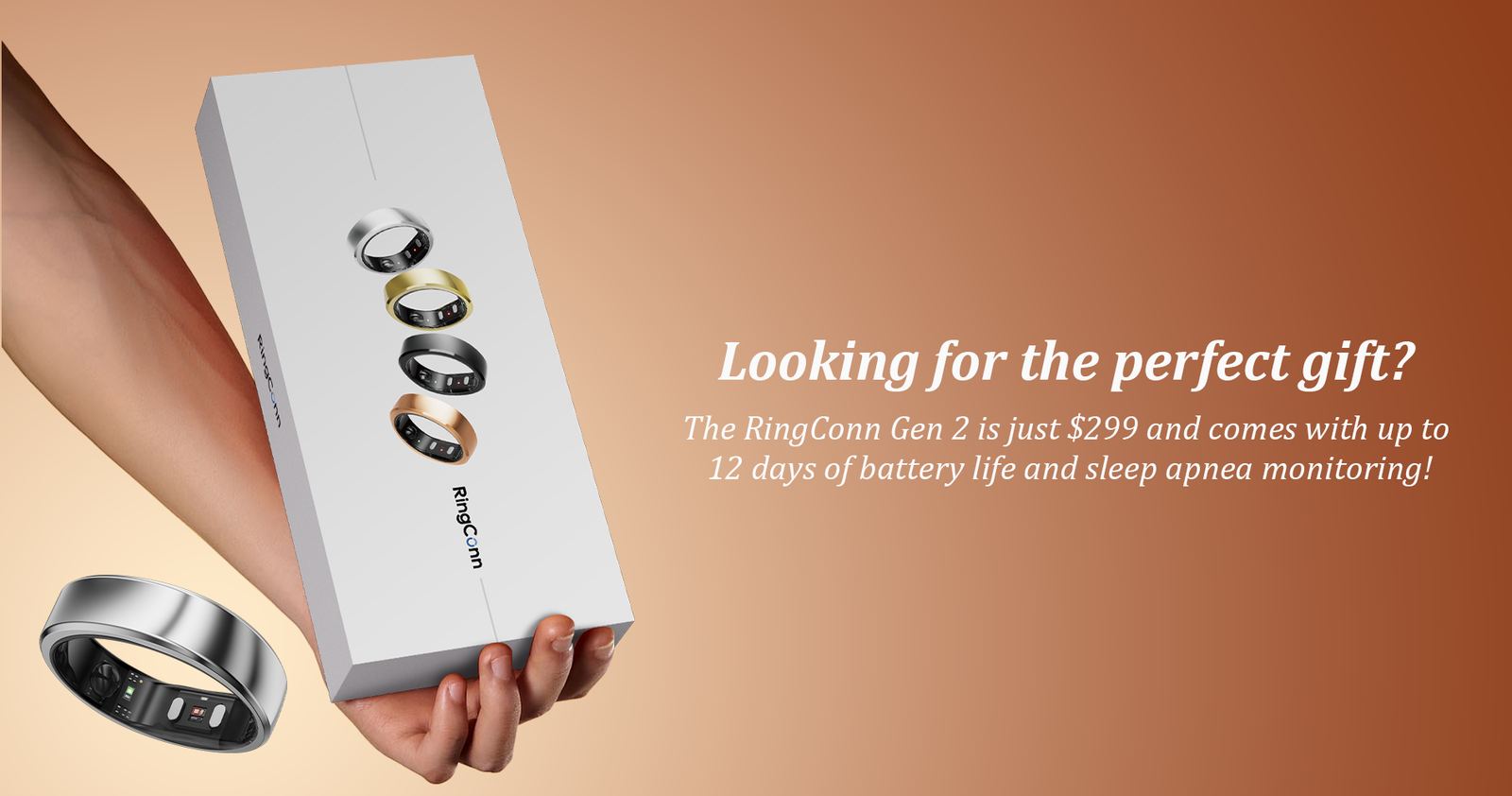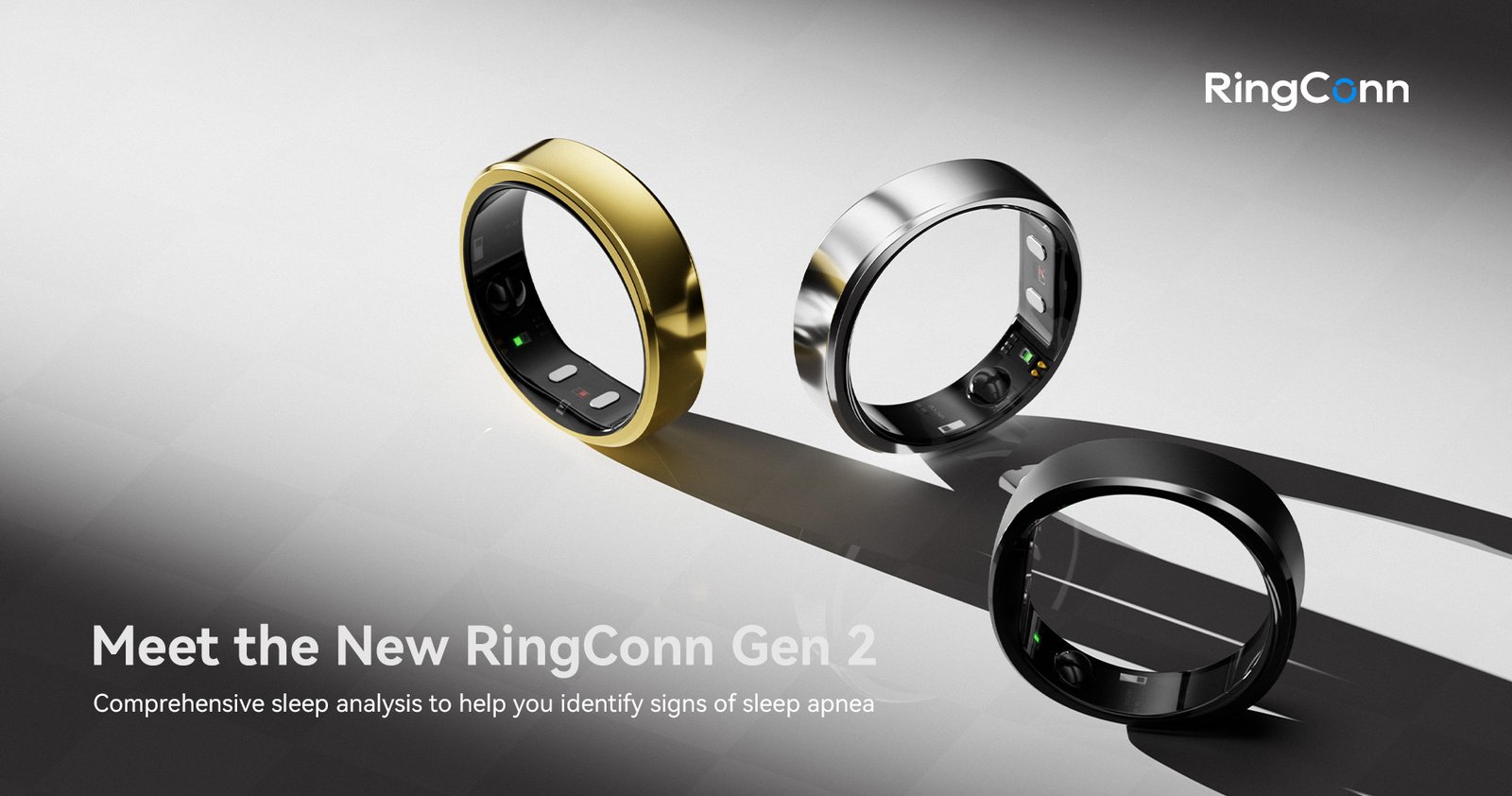When most people hear the phrase “presentation skills,” they imagine a confident speaker standing before an audience, seamlessly delivering a polished speech accompanied by flawless slides. But the truth is, effective presentation skills encompass far more than just public speaking. They permeate various professional situations: meetings, one-on-one conversations, brainstorming sessions, emails, and even virtual conferences. Mastering these skills means blending clear communication, engaging body language, active listening, storytelling, and adaptability.
The Importance of Presentation Skills Across Roles
Strong presentation abilities can significantly elevate your career. Whether you’re pitching a new project to your manager, engaging potential clients, or leading a team discussion, the ability to communicate ideas with clarity and confidence can set you apart. It builds credibility, strengthens leadership potential, and opens doors to new opportunities.
Leaders especially rely on these skills to inspire teams, share visions, and drive initiatives forward. Sales professionals use them to articulate the value of products or services, creating genuine connections with clients. Ultimately, becoming proficient in presentations can dramatically boost your confidence, making professional interactions more effective and less intimidating.
Seven Essential Presentation Skills Beyond Speaking
- Clear Verbal Communication A great presentation begins with clear, concise communication. Breaking down complex topics into simple, digestible parts allows your audience to easily grasp your message. Avoid jargon when addressing non-expert audiences and use relatable analogies to explain intricate concepts. Like TED Talk presenters, aim for language that is both accessible and informative. Keep your sentences short, pause for emphasis, and let your words resonate.
- Effective Body Language and Gestures Your posture and movements play a crucial role in keeping your audience engaged. Stand tall, maintain open body language, and use purposeful hand gestures to emphasize key points. For instance, spreading your arms when discussing company growth visually reinforces your narrative. Eye contact is equally powerful; it fosters connection and signals confidence. Instead of fixating on your notes or screen, engage your audience by scanning the room and acknowledging their presence.
- Voice Projection and Tonality Your vocal delivery can either captivate or alienate your audience. Striking the right volume ensures everyone can hear you comfortably without feeling overwhelmed. Adjust your projection depending on room size and audience size. Pacing is equally critical; speak neither too fast to confuse nor too slowly to bore. Strategic pauses allow your audience to absorb information and build anticipation.
- The Art of Storytelling Humans are naturally drawn to stories. Incorporating storytelling into your presentation makes your message more relatable and memorable. Structure your talk with a clear narrative arc: introduce a problem, describe the journey toward a solution, and present the resolution. For example, when pitching a product, share the story behind its creation, the challenges overcome, and the benefits achieved. This approach brings authenticity and emotional depth, fostering stronger audience connections.
- Stage Presence and Confidence Commanding the room goes beyond physical appearance; it’s about exuding confidence. Confident presenters are more likely to earn trust and attention. Even if nerves arise, practice deep breathing and deliberate movement to maintain composure. Remember, it’s not about perfection but about being poised and adaptable in the face of unexpected challenges.
- Active Listening Effective presenters are also attentive listeners. Engaging with audience questions or feedback demonstrates respect and adaptability. Instead of dismissing off-topic queries, seek clarification and turn them into learning moments. Active listening, especially during Q&A sessions, showcases your depth of knowledge and fosters trust.
- Visual Communication Well-designed visuals can significantly enhance understanding and retention. Utilize clear graphs, high-quality images, and minimal text to support your points without overwhelming your audience. Adopting the “rule of three” – limiting slides to three key elements – helps maintain focus and clarity.
Continuous Improvement Strategies
- Practice Regularly: The more you rehearse, the more natural your delivery becomes. Record yourself or rehearse in front of a mirror to refine body language and tone.
- Know Your Audience: Tailor your content based on your audience’s expertise and expectations. Conduct research to adapt your delivery style and depth of information accordingly.
- Be Concise: Respect your audience’s time by eliminating unnecessary filler and getting straight to the point.
- Observe Others: Analyze skilled presenters to identify effective techniques and avoid common pitfalls.
- Seek Feedback: Constructive criticism from trusted colleagues can reveal blind spots and provide actionable insights for improvement.
Managing Presentation Anxiety
Feeling nervous before a presentation is common, but manageable. Breathing exercises, such as inhaling for four counts, holding for four, and exhaling for four, can calm your nerves. Practicing mindfulness helps you stay present and grounded.
Reframe anxiety as excitement to harness nervous energy positively. Remind yourself that the adrenaline rush signals your readiness to perform. When unexpected issues arise, such as technical failures or challenging questions, stay composed, acknowledge the situation, and move forward with confidence.
In Summary
Presentation skills are a multifaceted set of abilities that extend far beyond simply speaking in front of an audience. They encompass verbal clarity, physical presence, storytelling, active listening, and visual communication. By continuously practicing, seeking feedback, and embracing every opportunity to present, you can transform anxiety into confidence and deliver impactful presentations that resonate with any audience.





